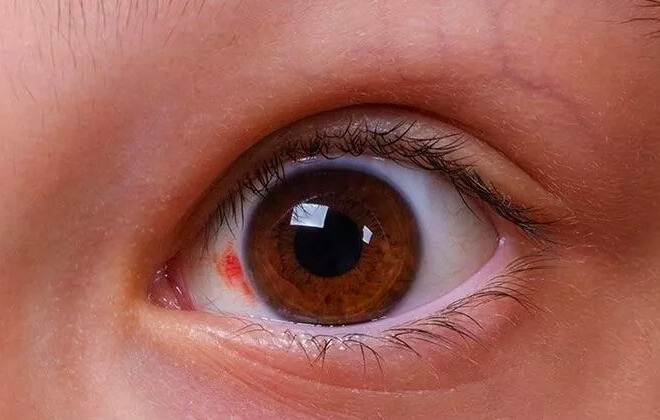
Create an Online Appointment
ou can easily create an appointment by filling out the appointment form below or by clicking here to contact us via Whatsapp.
Glaucoma

Glaucoma is a disease of the eye and optic nerve that arises from the damage to the optic nerves. It can occur at any age and is a relatively easy-to-prevent and treatable eye and vision nerve disease. The term “glaucoma” is mentioned in the texts of Hippocrates around 400 BC. Etymologically, it refers to the green-blue sea color that we admire on the coasts of the Mediterranean. At the same time, as an adjective, it also means shining, indicating the edematous corneal appearance resulting from acute glaucoma crises in those ancient times.
Glaucoma can be observed at any age, starting from infancy, but it is more common in individuals over the age of 40. It is a hereditary disease, and individuals with a family history of glaucoma should be cautious about the disease, mentioning this during eye examinations. Although it can occasionally manifest with severe pain, sudden vision loss, nausea, and vomiting, it typically progresses without any symptoms and eventually leads to significant vision loss or even blindness.
If we roughly consider our eye as a balloon, this balloon must have a certain pressure inside to prevent it from deflating and to maintain the spherical characteristics of its optical surfaces. The intraocular fluid secreted inside our eye provides this pressure. Of course, along with secretion, there is also a mechanism for the outflow of this fluid. If there is resistance in this outflow mechanism, intraocular pressure increases. The normal intraocular pressure is up to 20 mm Hg.
The optic nerve is the most sensitive eye tissue to the increase in intraocular pressure. The optic nerve is a bundle of millions of cables that transmit the visual stimuli perceived by the nerve layer to the visual center (main central) in our brain. The nourishment of the optic nerve is crucial for the maintenance of its functions and occurs through the tiny blood vessels around and within it. If an increase in intraocular pressure affects the flow within these tiny blood vessels, damage to the optic nerve begins, leading to visual impairment. Besides high intraocular pressure, glaucomatous damage can occur in individuals sensitive to migraines or cold weather, resulting in inadequate nourishment of the optic nerve. In such cases, glaucoma diagnosis can be made even if intraocular pressure is not high. This type of glaucoma is called “low-pressure glaucoma.” On the other hand, there is a situation where intraocular pressure is above normal limits, but no glaucomatous damage is detected in examinations, and this is referred to as “ocular hypertension.”
There have been significant developments in the treatment of glaucoma. Both medical treatment, laser therapy, and surgical intervention are highly successful. Laser therapy is usually applied to reduce the dosage and frequency of medication. Surgery is performed when intraocular pressure cannot be adequately controlled with medication or laser therapy, and glaucoma-related optic nerve damage is progressing.
Remarkable developments in recent years regarding glaucoma are related to diagnostic methods. The earlier the diagnosis, the earlier we can prevent damage to the optic nerve. Therefore, we need diagnostic devices that provide us with solid evidence before any noticeable loss occurs in our patients. Thanks to new technological advancements, we can now detect damage to our optic nerve at its initial stage, make an early diagnosis, and apply early treatment.
The fundamental diagnostic methods for glaucoma are visual field examination and optical coherence tomography (OCT). Computerized visual field examination detects any narrowing of our peripheral visual field. OCT, on the other hand, takes sections of the nerve layer (retina) and optic nerve (optic nerve) and, by comparing them with normal individuals through computer programs, allows the detection of nerve fiber damage in the very early stages with high sensitivity.
Another feature in the diagnosis of glaucoma is how the thickness of our eye wall affects the measured intraocular pressure. Therefore, individuals suspected of having glaucoma should have the thickness of the cornea measured. Glaucoma is a disease that can cause serious visual loss, but it is a disease that is easy to diagnose and treat. Therefore, routine annual eye examinations should not be neglected, especially after the age of 40.